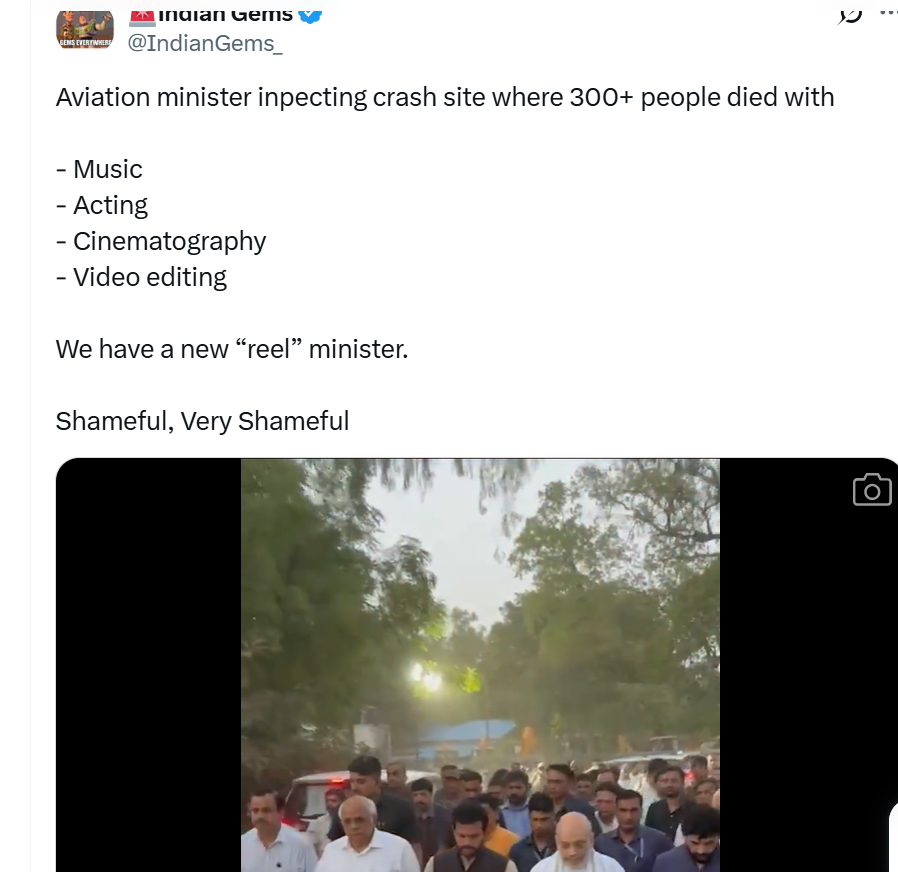
 For many, it felt like an insult to the victims and their families, turning a moment of national mourning into a performative spectacle. The optics of a tragedy shouldn't be curated for likes or praise; they demand humility and silence.
For many, it felt like an insult to the victims and their families, turning a moment of national mourning into a performative spectacle. The optics of a tragedy shouldn't be curated for likes or praise; they demand humility and silence.This disturbing trend of politicizing or glamorizing tragedy has become all too common, where genuine empathy is replaced by carefully choreographed visuals. Public officials are increasingly using media teams to craft narratives around their presence at disaster sites—not to inform or comfort, but to build image and score PR points.
But when such actions are set to music and posted like promotional reels, the public sees through it. The backlash from netizens reflects growing frustration with leaders who appear more concerned about their wallet PLATFORM' target='_blank' title='digital-Latest Updates, Photos, Videos are a click away, CLICK NOW'>digital persona than the actual lives lost. Grief, unlike content, isn’t something you edit for engagement.
At the heart of the outrage lies a deep sense of betrayal. Citizens expect their leaders to act with compassion and gravity during such dark moments. Instead, when tragedy becomes a backdrop for theatrics, it not only trivializes the pain of victims’ families but also shows a startling lack of accountability. The need of the hour is not visual storytelling—it’s action, transparency, and heartfelt solidarity. Leaders must remember: that their role at a crash site is not to perform for the camera, but to serve those left behind in the wreckage of loss.




 click and follow Indiaherald WhatsApp channel
click and follow Indiaherald WhatsApp channel